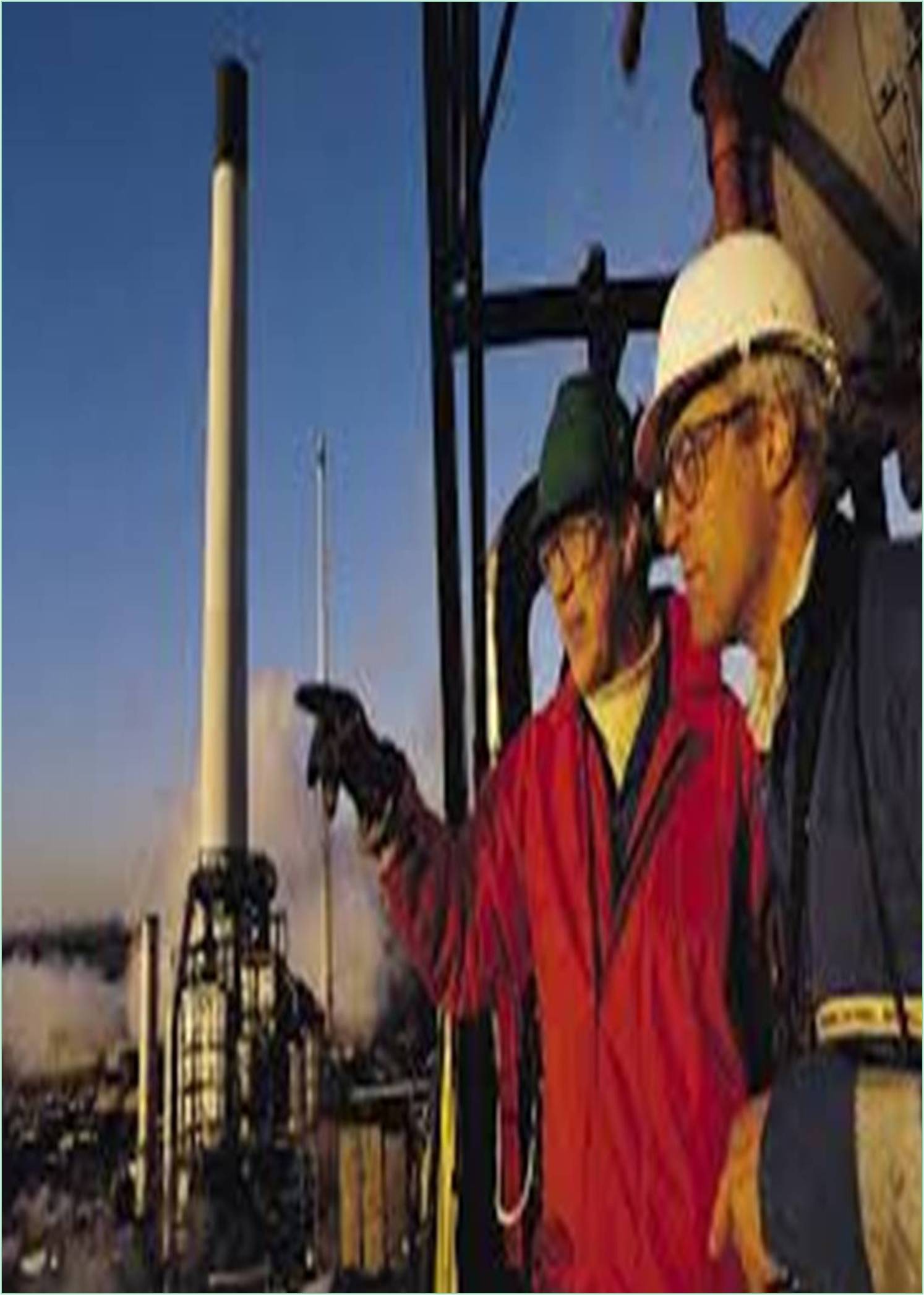



Received: 03-Jun-2022, Manuscript No. GJEA-22-72227; Editor assigned: 06-Jun-2022, Pre QC No. GJEA-22-72227 (PQ); Reviewed: 20-Jun-2022, QC No. GJEA-22-72227; Revised: 27-Jun-2022, Manuscript No. GJEA-22-72227 (R); Published: 04-Jul-2022, DOI: 10.15651/2449-1886.22.3.009
Since rapid urbanisation and the development of ecommerce, urban freight efficiency has become heavily dependent on good management of urban infrastructure. By gathering, delivering, and distributing products inside metropolitan regions, urban freight transportation improves access to resources and trade markets. Urban freight transportation is critical to economic growth and the promotion of sustainable and liveable communities. In recent years, urban freight policy has been challenged by the complexity and cost of last mile delivery, as well as increased congestion and pollutant emissions. To better prepare for future urban logistics, experts have underlined the significance of innovation in all aspects of traffic management, urban planning, and urban warehouse design. Considering that delivery operations rely on transportation networks and systems, previous study has focused on network optimization in last-mile deliveries. This emphasis has highlighted other activities that need further investigation within the last 50 feet, such as unloading/loading activities, the usage of freight elevators, pickup delivery operations, and the implications of these activities on the design of buildings and parking infrastructure.
The delivery procedure does not stop until the package reaches the ultimate consumer. Outside of the truck, including inside walking time, process time can be substantially longer than driving time, accounting for up to 87% of the whole urban freight delivery procedure. It is critical to examine the final 50 feet of urban freight delivery because overly extended waits by delivery employees may lead to a shortage of curb side space and urban congestion. However, data within the last 50 feet of delivery operations is relatively restricted, and building and parking regulations and rules are frequently adopted in the absence of considerable supporting evidence. Although these parking laws have a significant influence on architecture and urban planning, raising the cost of development, the ultimate selections on parking rules are frequently impacted by elected authorities and other non-scientifically based parking needs. Analysis of delivery operations in the final 50 feet will yield significant information and assets that will assist policymakers in understanding current parking issues and developing data-driven parking rules that can satisfy future demand. It is also critical to develop effective parking rules since a shortage of curbside space can exacerbate urban congestion. Delivery cars, for example, may be forced to loop city blocks many times in search of parking places. We attempted to fill this research vacuum in our study by offering valuable modelling and optimization tools that would better show the freight transportation cost dynamics among delivery employees, building managers, and city planners.
Parking and Building Infrastructure
The zoning code requirements for loading zones throughout the United States were thoroughly analysed, underlining the lack of a systematic approach to establishing loading supply. Current urban planning regulations and practises revealed large disparities in offstreet loading standards, while on-street loading spaces are constructed ad hoc or depending on local company demands. A lack of communication between the public and private sectors might be one of the reasons behind this. Although local officials can control off street parking spots and building infrastructure, they must be designed with new development and are mostly handled by private building managers. It is impossible for city planners to appreciate the building's potential delivery challenges at the micro-level without excellent communication between the public and private sectors. The paucity of off-street parking spots and construction infrastructure in our cities may have contributed to the delayed changes in rules for both the public and commercial sectors. The City of Seattle's Final 50 ft Program, which investigates commercial vehicle stay periods and parking practises, is an excellent example of public-private collaboration to improve freight delivery systems.